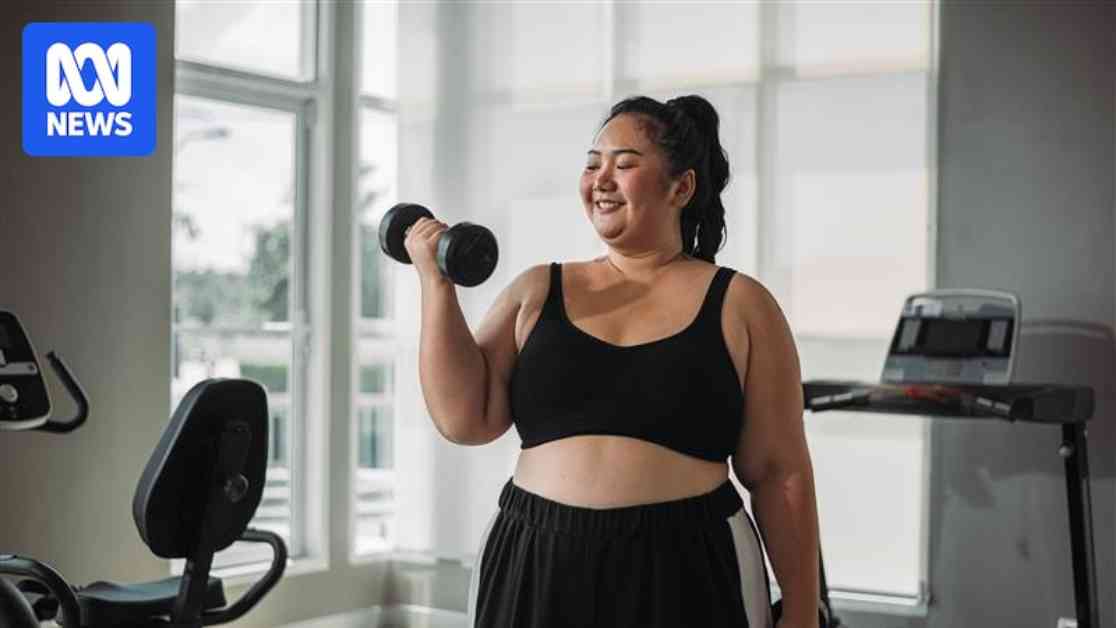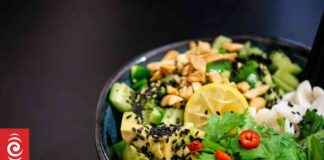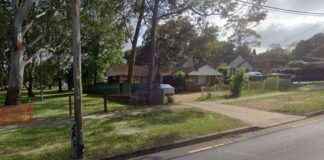Women of all ages often find themselves inundated with conflicting advice on the ideal exercise regimen for their specific life stage. With the plethora of information available, it can be challenging to discern the optimal mix that suits individual needs. To shed light on this topic, we turn to the insights of two experts in the field: exercise scientist Mandy Hagstrom and gynaecologist Pav Nanayakkara. By delving into the nuances of aerobic and resistance exercises, these specialists provide invaluable guidance on tailoring workouts to different age groups.
## The Fundamentals of Exercise
Mandy Hagstrom, an esteemed exercise scientist with a focus on women’s health, emphasizes the importance of categorizing exercises into two overarching types: aerobic and resistance. Within these broad categories lie a multitude of components, each offering unique benefits at various life stages. Dr. Hagstrom underscores the significance of striking a balance between different types of exercises, noting that each plays a vital role in promoting overall well-being. As women age, hormonal shifts can predispose them to conditions such as low bone mineral density and cardiovascular disease. By incorporating diverse exercises into their routines, individuals can mitigate these risks and adapt to the changing needs of their bodies.
## Exercise Recommendations for Different Age Groups
### Prioritizing Exercises in Your Twenties and Thirties
Dr. Nanayakkara underscores the importance of strength and resistance-focused exercises for women in their twenties and thirties. This period marks a pivotal juncture for building strong bones and muscles, as peak bone and muscle mass development typically occurs during these years. High-intensity interval training (HIIT) is particularly beneficial for enhancing fitness levels and metabolism in individuals aged twenty to forty. By incorporating a mix of resistance and HIIT exercises, younger women can lay a solid foundation for their future fitness goals.
### Tailoring Exercise for Middle-Aged Women
As women transition into middle age, Dr. Nanayakkara highlights the increased importance of strength exercises to ward off conditions like osteoporosis and muscle loss, particularly post-menopause. Zone 2 training takes on added significance for women in their forties and beyond, as it contributes to heart health and metabolic function. Dynamic stability exercises, such as pilates, can further enhance mobility and balance during perimenopause and beyond. Hagstrom emphasizes that while menopause impacts individuals differently, maintaining a consistent exercise routine can help offset potential joint pain and adapt to changing needs.
### Optimizing Exercise for Older Women
Dr. Nanayakkara cautions older women to approach high-intensity interval training (HIIT) with caution due to its potential strain on the body. Balance exercises become increasingly crucial with age, with activities like yoga offering significant benefits in enhancing stability and mobility. Hagstrom underscores the individualized nature of exercise benefits, emphasizing the importance of starting sooner rather than later to ease into a routine. By prioritizing activities that bring joy and fulfillment, individuals are more likely to sustain their exercise regimen in the long term.
In conclusion, the key to crafting an effective exercise routine lies in selecting activities that resonate with personal preferences and goals. Rather than adhering to rigid guidelines, individuals should explore a variety of exercises to discover what brings them the most satisfaction. By listening to their bodies, adapting to changing needs, and embracing activities that spark joy, women can cultivate a sustainable approach to fitness that enhances their overall well-being. Remember, the best exercise is the one that you enjoy and are motivated to stick with in the long run. For personalized advice tailored to your specific health needs, consult a qualified medical professional familiar with your medical history.

















